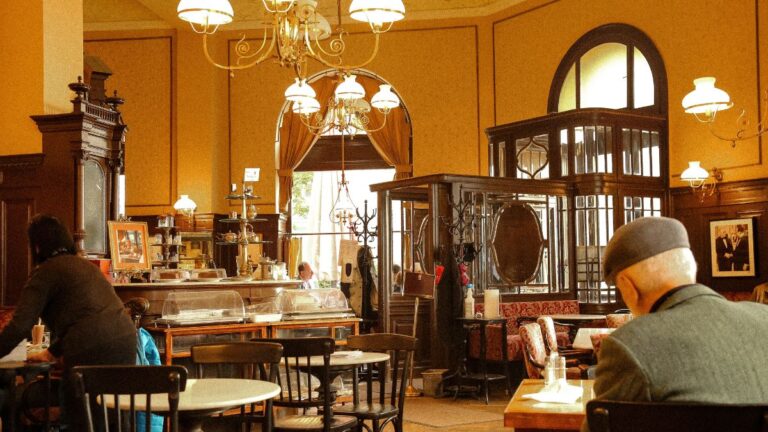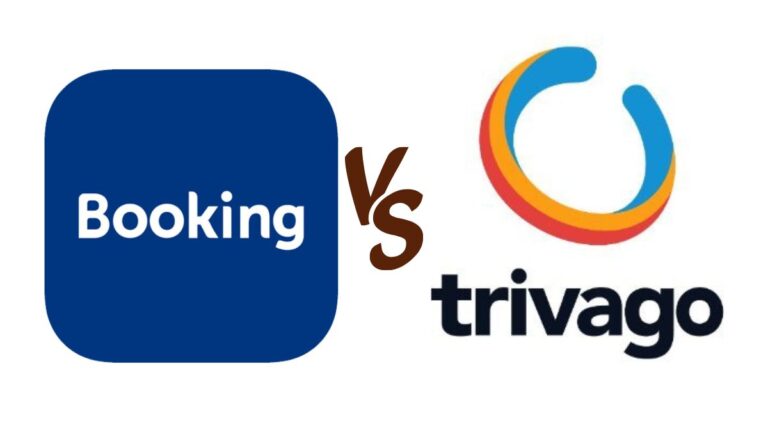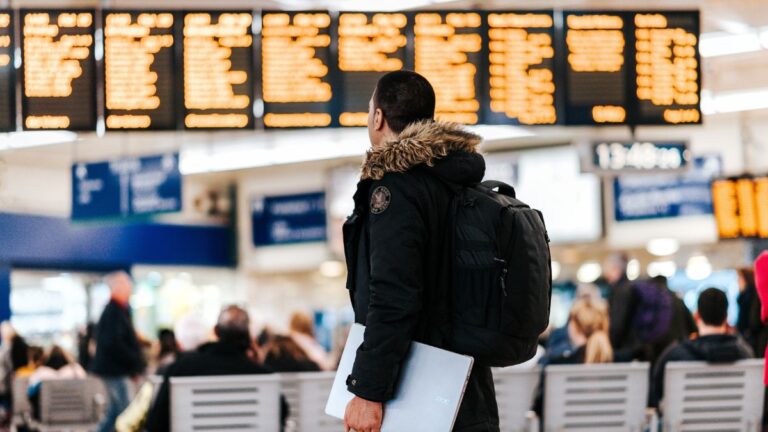Worst Time to Go to Puerto Vallarta: Hurricane Season and Spring Break Rush
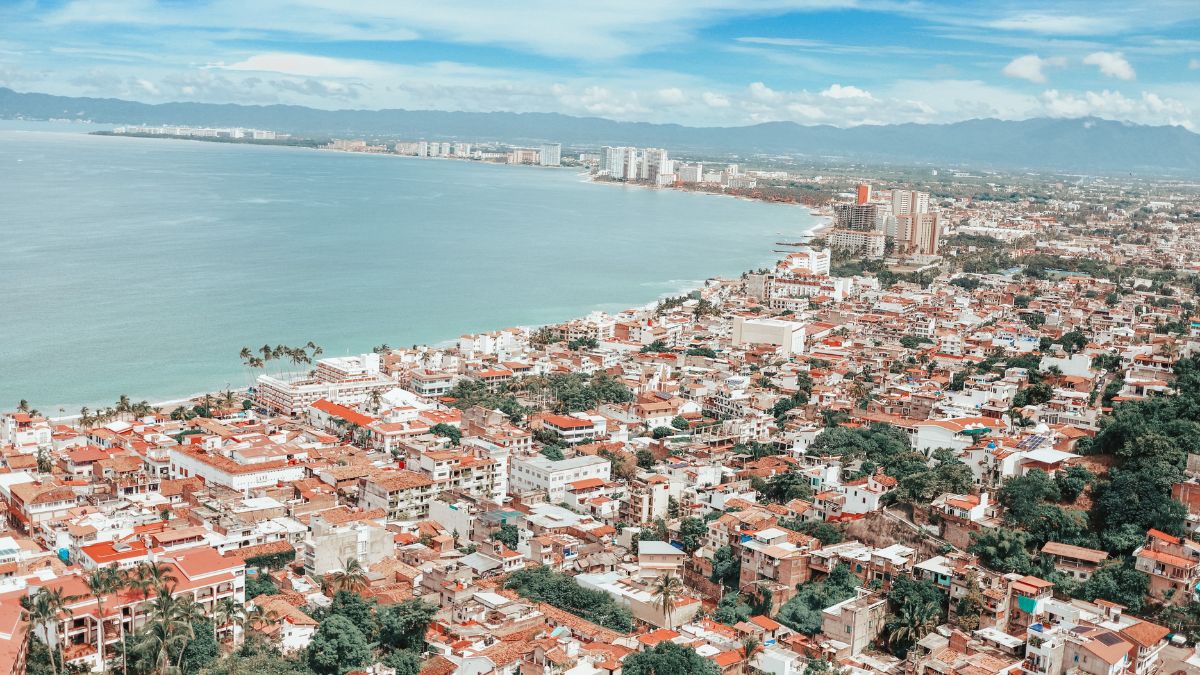
As participants in Amazon Associates and other programs, we earn from qualifying purchases. This comes at no additional cost to you. For more details, see our Affiliate Disclosure.
If you’re dreaming of lounging on the pristine beaches of Puerto Vallarta, sipping margaritas under the warm sun, and exploring the vibrant culture of this Mexican paradise, you’ll want to plan your trip wisely. While Puerto Vallarta is an enchanting destination year-round, there are certain times of the year when Mother Nature’s fury or a flurry of party-goers could turn your dream vacation into a less than ideal experience.
In this article, we’ll dive into the two peak periods you might want to avoid – the hurricane season, with its unpredictable weather, and the Spring Break rush, when the tranquil charm of the city can be overshadowed by rowdy crowds.
Understanding Puerto Vallarta’s Weather: The Basics
Puerto Vallarta, nestled on Mexico’s sun-kissed Pacific coast, experiences a tropical climate characterized by a stark contrast between dry and wet seasons. The dry season, spanning from November through May, is marked by warm temperatures, abundant sunshine, and low humidity, making it an ideal time for sun seekers to hit the beautiful beaches.
However, the onset of the rainy season in June signals a significant shift in weather patterns. This period, which lasts through October, is characterized by high temperatures, increased humidity, and substantial rainfall, particularly during the afternoon and evening hours. While mornings and early afternoons can still be quite pleasant, sudden and heavy downpours can dampen the spirit of outdoor activities.
The rainy season also coincides with the hurricane season. Although Puerto Vallarta is somewhat sheltered by the Banderas Bay and the Sierra Madre Mountains, which mitigate the impact of major storms, it’s not immune to tropical storms and occasional hurricanes. These storms tend to occur between mid-June and November, with the peak activity typically observed in September.
The weather plays a significant role in shaping your vacation experience, and understanding its nuances is the first step in planning a memorable trip to Puerto Vallarta. Whether it’s lounging on the sandy beaches, exploring the cobblestone streets of the Old Town, or embarking on an adventure in the nearby jungles, being mindful of the weather will ensure your experiences are as enjoyable as possible.
Hurricane Season in Puerto Vallarta: When and Why to Avoid
The hurricane season in Puerto Vallarta typically runs from mid-June through November, coinciding with the rainy season. However, the period between August and October is particularly noteworthy for increased tropical storm activity. While the city is somewhat protected by the Banderas Bay and the Sierra Madre Mountains, it can still experience indirect impacts from hurricanes and direct hits from tropical storms.
During this time, the weather can be very unpredictable. Days often start sunny and hot, but by afternoon, heavy downpours and thunderstorms can roll in, sometimes leading to localized flooding. Beyond just heavy rainfall, hurricanes can also bring strong winds, rough seas, and even occasional landslides in areas with steep terrains, disrupting travel plans and outdoor activities.
On a more practical note, the hurricane season can also lead to disruptions in services. Flights may be delayed or cancelled, local attractions might be temporarily closed, and restaurants and shops often operate on reduced hours. The risk of power outages and issues with water supply can also increase during this time, especially during and after significant storms.
While Puerto Vallarta’s beauty is undeniable even in the rainy season – the lush greenery is at its peak and the sunsets are stunning – the unpredictability of hurricanes can pose significant challenges to travelers. As such, unless you’re a fan of storm watching, it’s generally advisable to avoid this period for your visit.
Weather Hazards During Hurricane Season
Hurricane season in Puerto Vallarta brings with it several potential weather hazards that could significantly impact your vacation. It’s important to familiarize yourself with these hazards to understand the risks associated with traveling during this period.
Heavy Rainfall and Flooding: The most common hazard during the hurricane season is the heavy and often sudden rainfall. These downpours can lead to flash floods, particularly in low-lying areas and regions with poor drainage systems. Roads can become temporarily impassable and travel can be significantly disrupted.
Strong Winds: Hurricanes and tropical storms are accompanied by strong winds that can cause structural damage and power outages. These winds can also make certain outdoor activities and sea travel unsafe.
Storm Surge and Rough Seas: Hurricanes often result in a rise in sea level or a “storm surge,” which can cause coastal flooding. They can also whip up the sea, leading to dangerous swimming and boating conditions.
Landslides: The heavy rainfall and saturated ground during the hurricane season increase the risk of landslides, especially in hilly or mountainous areas. Landslides can lead to road closures and pose a serious safety risk.
Heat and Humidity: The hurricane season in Puerto Vallarta is also characterized by high temperatures and increased humidity, which can make outdoor activities uncomfortable and increase the risk of heat-related illnesses.
Mosquitoes: The wet conditions during the hurricane season can lead to an increase in mosquito populations, raising the risk of mosquito-borne diseases like Dengue fever or the Zika virus.
While local authorities and establishments are generally well-prepared for these conditions, these hazards can still lead to a variety of inconveniences, from cancelled tours and outdoor activities to potential travel disruptions. Careful planning and regular monitoring of weather forecasts are essential if you’re considering a visit during the hurricane season.
Spring Break in Puerto Vallarta: A Party Paradise or a Vacation Nightmare?
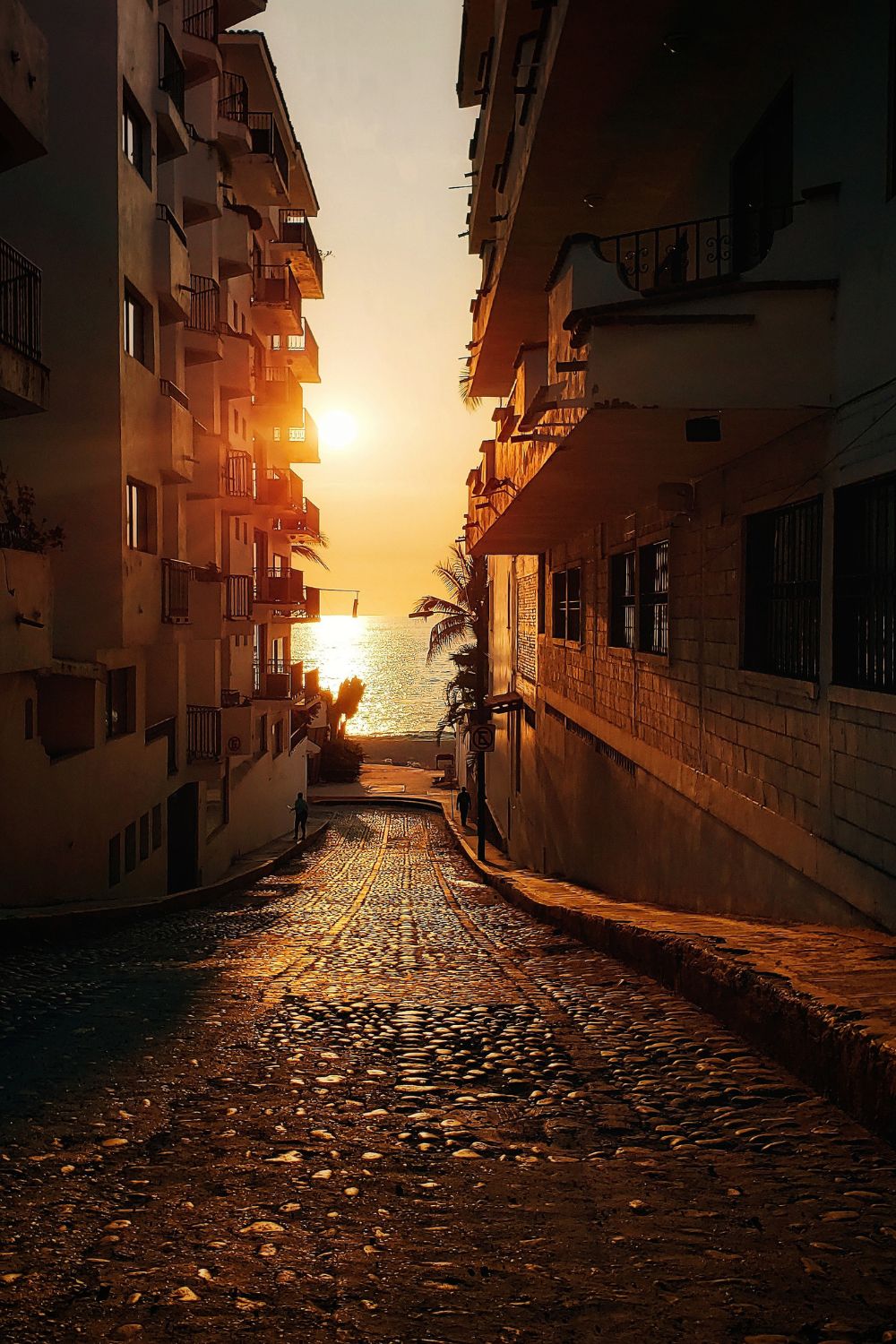
Each year, from late February through April, Puerto Vallarta witnesses an influx of Spring Breakers – predominantly college students from North America looking to let off some steam in this tropical paradise. However, depending on your preferences and travel expectations, this period can either be a party paradise or a vacation nightmare.
If you thrive on high energy and non-stop action, Puerto Vallarta during Spring Break could be your idea of a perfect getaway. The city pulsates with life, and the party atmosphere is palpable. Beaches brim with activity, nightclubs buzz until the early hours, and various events and parties are organized catering specifically to the Spring Break crowd.
However, if your idea of a perfect vacation leans more toward tranquility and cultural immersion, Spring Break in Puerto Vallarta might prove to be less than ideal. The usually peaceful beaches can become crowded and noisy, the serene rhythm of local life is overshadowed by boisterous celebrations, and popular tourist attractions can be overrun.
Additionally, hotel prices often surge due to the high demand, and service quality may drop in some establishments as they struggle to accommodate the large influx of visitors. It’s also important to remember that while the city is generally safe, increased visitor numbers can lead to a temporary uptick in petty crimes such as pickpocketing.
In a nutshell, the Spring Break period can transform Puerto Vallarta into a haven for party lovers, but those seeking a quiet, relaxing vacation might find this time to be overwhelming and crowded. As always, your experience will largely depend on your personal preferences and what you’re looking to get out of your vacation.
Navigating the Spring Break Crowd: What to Expect
Navigating the Spring Break crowd in Puerto Vallarta can be a unique experience, especially if it’s your first time visiting during this period. Here’s what you can expect:
- Crowded Beaches: The beaches of Puerto Vallarta, particularly the popular ones like Los Muertos Beach, become hotspots for Spring Breakers. Expect large groups, loud music, beach games, and impromptu parties. Finding a quiet spot might be a challenge during this time.
- Vibrant Nightlife: Puerto Vallarta’s nightlife is particularly lively during Spring Break. Clubs, bars, and restaurants buzz with activity and often host special events and parties.
- Busy Attractions: Tourist attractions, such as the Malecon boardwalk and the Church of Our Lady of Guadalupe, can be particularly crowded during this period.
- Increased Prices: Demand for accommodations and flights peak during Spring Break, leading to increased prices. It’s also not uncommon for prices at local establishments to be slightly higher during this time.
- Safety Considerations: With large crowds and party atmospheres, it’s essential to stay vigilant about your belongings to avoid petty crimes like pickpocketing. Also, if you’re participating in the party scene, remember to always keep track of your drinks and travel in groups when possible.
- Increased Traffic: With the influx of visitors, traffic can be heavier than usual, especially in downtown areas.
- Service Strains: The surge of tourists can strain local services. Expect longer waiting times at restaurants, slower service at hotels, and more crowded public transportation.
While the Spring Break period in Puerto Vallarta is lively and energetic, it can also be a test of patience for those not inclined towards crowded places and loud parties. If you decide to visit during this time, plan ahead, make reservations where necessary, be patient, and maintain a sense of humor to enjoy your vacation amidst the Spring Break rush.
The Impact on Local Life and Tourism During Peak Times
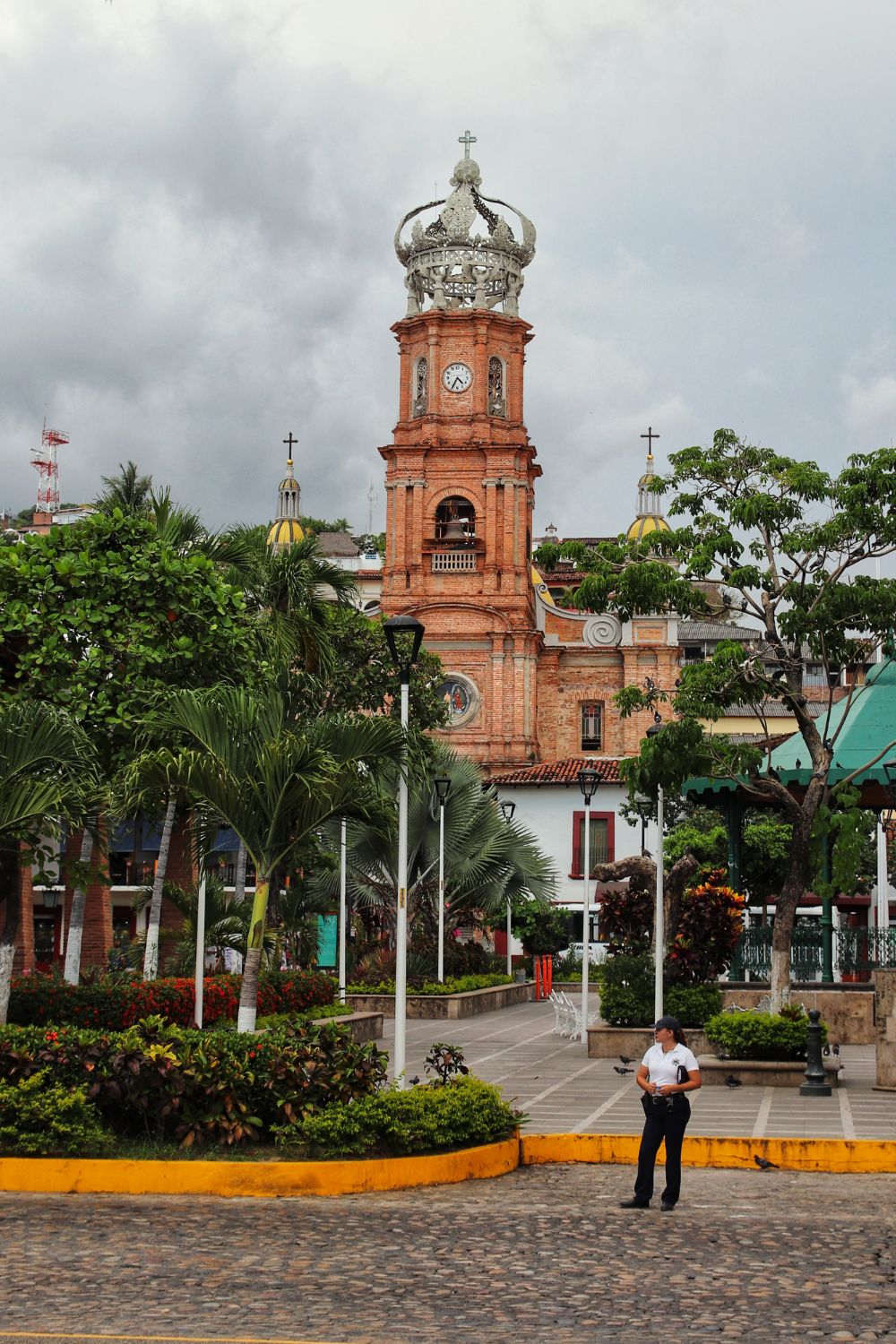
During peak times such as the hurricane season and Spring Break, the local life and tourism industry in Puerto Vallarta undergo significant changes.
During the hurricane season, the local populace is well accustomed to dealing with the weather challenges. Residents may see disruptions in their daily routines due to heavy rains and potential flooding, and some businesses may alter their operating hours. However, as a popular tourist destination, Puerto Vallarta is equipped with efficient storm systems and disaster management strategies. Despite the occasional inconveniences, life continues with a business-as-usual approach.
For the tourism industry, the hurricane season often signifies a downturn. The number of tourists decreases during this period, resulting in a slow season for hotels, restaurants, and tour operators. However, for those willing to brave the unpredictable weather, there may be potential deals and discounts to take advantage of, and popular tourist spots can be enjoyed without the usual crowds.
In contrast, Spring Break marks a peak time for tourism in Puerto Vallarta. The city brims with energy, with a large influx of tourists, primarily younger crowds, attracted by the vibrant nightlife and beach parties. Hotels, bars, restaurants, and nightclubs see an upswing in business and often host events catering specifically to these visitors. Local businesses, including local craft markets and street food vendors, also benefit from the increased footfall.
While the increase in tourist activity can boost the local economy, it can also strain local resources and services, leading to crowding, increased prices, and potential dips in service quality. For the local residents, the tranquility of their city is temporarily replaced with the bustle of parties and events, which can lead to mixed feelings.
Therefore, while these peak times bring about their own set of challenges and opportunities, Puerto Vallarta’s appeal as a vibrant and welcoming tourist destination remains constant, drawing in visitors with its unique blend of natural beauty and rich cultural heritage.
Weighing the Pros and Cons: Is It Worth the Risk?
Whether or not to visit Puerto Vallarta during its peak periods – the hurricane season and Spring Break – is a decision that hinges on your personal preferences, travel goals, and risk tolerance.
Hurricane Season
Pros:
- Less Crowded: Tourist spots are less crowded, giving you a chance to enjoy the city at a leisurely pace.
- Cost-effective: Due to lower demand, accommodations and flights may offer substantial discounts, making this a cost-effective time to travel.
- Natural Beauty: The city turns greener during this period, and the sunsets are often exceptionally beautiful.
Cons:
- Unpredictable Weather: Heavy rainfall, potential flooding, and strong winds can disrupt travel plans and outdoor activities.
- Service Disruptions: Severe weather conditions may lead to cancellations or delays of flights, temporary closure of attractions, and power or water outages.
- Health Risks: The wet conditions can lead to an increase in mosquito populations, raising the risk of mosquito-borne diseases.
Spring Break
Pros:
- Lively Atmosphere: The city is alive with events, parties, and music, providing a high-energy vacation experience.
- Social Opportunities: It’s a great time to meet new people, particularly for younger travelers.
Cons:
- Crowds: Beaches, restaurants, and attractions can get crowded, leading to longer wait times and less personal space.
- Increased Prices: Accommodation and flight prices typically increase due to high demand.
- Noise: The party atmosphere can be overwhelming, with loud music and celebrations lasting until the early hours.
The decision comes down to what kind of experience you’re seeking. If you are seeking a peaceful, cultural, and outdoors-focused vacation, consider avoiding these periods. However, if you’re more adventurous, flexible, and don’t mind a bit of unpredictability or party atmosphere, visiting during these peak times could add an interesting twist to your Puerto Vallarta experience.
Alternatives to Hurricane Season and Spring Break: Best Times to Visit Puerto Vallarta
If the unpredictability of the hurricane season or the hustle and bustle of Spring Break don’t appeal to you, there are other wonderful times of the year to explore Puerto Vallarta.
November to April
This period, spanning late fall to early spring, is generally considered the best time to visit Puerto Vallarta. The weather during these months is perfect for beach lounging and city exploring – it’s warm but not overly hot, and rainfall is minimal.
- November – December: The tail-end of the rainy season brings greener landscapes and fewer crowds. By December, the weather becomes perfect for outdoor activities, and the city starts getting into the holiday spirit, making it a delightful time to visit.
- January – April: This is peak tourism season, and for good reason. The days are sunny, the nights are cool, and the ocean is clear and calm – perfect for snorkeling and whale watching. However, be prepared for slightly higher prices due to the influx of visitors escaping the winter chill.
May to Early June
This brief window before the onset of the rainy season still offers pleasant weather, and the city is less crowded as the winter tourists have departed. The ocean remains warm, ideal for swimming and water sports. Plus, hotel rates tend to drop during this period, providing great value for your vacation.
Regardless of the time you choose to visit, Puerto Vallarta has a wealth of experiences to offer – from its vibrant local culture and culinary scene, to the enchanting beaches and lush jungles. The key is to plan according to your preferences and what you want out of your vacation.
Tips for Traveling During Off-Peak Times in Puerto Vallarta
Traveling during off-peak times in Puerto Vallarta can be a rewarding experience. With fewer crowds and more favorable weather, it offers a unique opportunity to explore the city’s charm at your own pace. Here are some tips to help you make the most of your off-peak visit:
- Plan Ahead: Even during off-peak times, popular attractions can get busy. Plan your day ahead to avoid the rush hours, and consider pre-booking tours or activities.
- Stay Flexible: One of the advantages of off-peak travel is the ability to explore without the pressure of crowds. Take this opportunity to be spontaneous and try something unexpected, whether it’s a local culinary delicacy or an off-the-beaten-path attraction.
- Enjoy the Weather: Off-peak doesn’t mean off-weather. The temperature is typically comfortable, perfect for beach activities or exploring the town. Don’t forget your sun protection!
- Take Advantage of Lower Prices: Off-peak periods often come with lower prices for accommodations and sometimes attractions. Look out for deals or discounts during these times.
- Respect Local Customs and Culture: With fewer tourists around, you’ll have a better chance to immerse yourself in the local culture. Be respectful of local customs and traditions, and try to learn a few phrases in Spanish – it goes a long way in interacting with locals.
- Pack Appropriately: Weather can still be unpredictable, especially around the start or end of the hurricane season. Pack a mix of clothing to suit both warm and cooler weather, and include a lightweight raincoat just in case.
- Stay Safe: As with any travel destination, it’s important to stay vigilant about your personal safety. Avoid isolated areas after dark, keep an eye on your belongings, and ensure that you have travel insurance coverage.
Off-peak travel to Puerto Vallarta can provide a serene, authentic, and potentially more affordable holiday experience. By being prepared and staying flexible, you can enjoy all the benefits this beautiful destination has to offer.


